When selecting piping materials for plumbing, gas lines, or structural projects, many people encounter black iron pipe and black steel pipe. Although they look similar, they have distinct properties, uses, and manufacturing processes. Understanding these differences can help you choose the right material for your needs.
What Is Black Steel Pipe?
Black steel pipe is uncoated steel, also known as black steel. The dark color comes from the iron oxide that forms on its surface during the manufacturing process. When steel pipe is forged, a black scale forms on its surface, giving it the smooth finish seen on this type of pipe. Black steel pipe is divided into two main types based on the production process: seamless pipe and welded pipe. ASTMA53/A53M is the standard specification for pipes, steel, black and hot-dip galvanized, welded pipe and seamless pipe.
Key Characteristics of Black Steel Pipe:
Material Composition: Made from low or medium-carbon steel.
Coating: Black oxide coating similar to black iron pipe.
Strength: Stronger and more flexible than black iron pipe.
Weldability: Easy to weld due to lower carbon content.
Corrosion Resistance: Similar to black iron pipe but can be galvanized for extra protection.

Black iron pipe is mainly composed of iron and carbon, and is an iron-carbon alloy with a higher carbon content.
Black iron pipe, also known as cast iron pipe, is a material commonly used in piping systems. Cast iron is an alloy composed of iron with elements such as carbon and silicon, with a higher carbon content, usually between 2.0% and 4.5%. Due to the high carbon content, cast iron forms graphite during solidification, which is distributed in the matrix and affects the mechanical and physical properties of cast iron. Cast iron pipes can also be effectively connected to other pipeline materials through various connection methods, such as socket connection, flange connection, etc., which provides convenience for the installation and maintenance of the pipeline system.
Key Characteristics of Black Iron Pipe:
Material Composition: Made from low-carbon steel or mild steel.
Coating: Black oxide finish to reduce corrosion before installation.
Strength: Strong but more brittle compared to black steel pipe.
Weldability: Difficult to weld due to its higher carbon content.
Corrosion Resistance: Requires additional protection in humid or corrosive environments.
Black Iron Pipe vs. Black Steel Pipe
|
Feature
|
Black Iron Pipe
|
Black Steel Pipe
|
|
Material
|
Mild steel with a higher carbon content
|
Low or medium-carbon steel
|
|
Coating
|
Black oxide coating
|
Black oxide coating
|
|
Strength
|
Strong but brittle
|
Stronger and more flexible
|
|
Weldability
|
Hard to weld
|
Easy to weld
|
|
Corrosion Resistance
|
Requires extra coating or painting
|
Can be galvanized for extra protection
|
|
Common Uses
|
Gas lines, fire sprinkler systems
|
Water transport, structural support
|
Construction is the main difference between the two products. Black iron pipes have seams and users can easily connect them to other pipes using connecting valves. Steel pipes are mostly used in industrial applications and require welding.
Black iron pipe is used to transport natural gas and propane gas in residential applications. Black steel pipes are seamlessly manufactured and have better fire resistance than galvanized pipes, making them more suitable for gas transmission and fire sprinkler systems.
Texture
The steel pipe is very delicate to the touch, almost cool to the touch. It won't scratch as easily as black iron pipe, but that doesn't mean it won't be damaged by a wrench or hammer while working around it. Black iron pipe has a rough, grainy texture and feels the same at room temperature. Black iron pipes will peel off if handled too much. However, both are easily heated and can burn the user's hands.
Repair
The main problem with black iron pipes - especially at home - is leakage at the connectors. Repairing these leaks requires a lot of work, which is why many people no longer use black iron pipes. Steel pipe does not have this problem because it is usually welded. However, it is more expensive than black iron pipe or
PVC.
Cost
Steel pipe is typically around 20% more expensive than black iron pipe, but it does provide better resource savings in the long run by being more energy efficient. Its durability and cost are part of the reason for the growth in the use of steel pipe in large industrial operations in the United States. However, black iron pipe is more widely available than steel pipe, which also makes it more convenient.






 English
English Español
Español بالعربية
بالعربية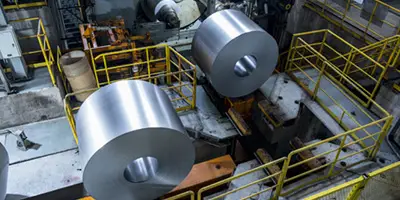

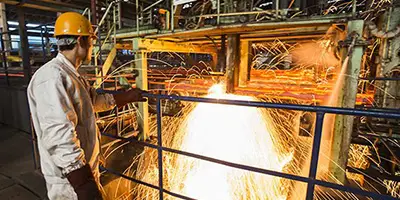
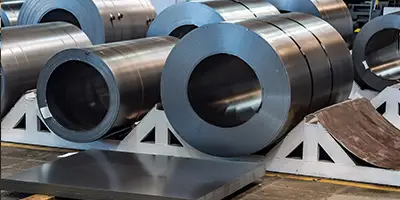

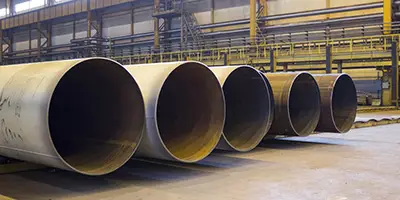
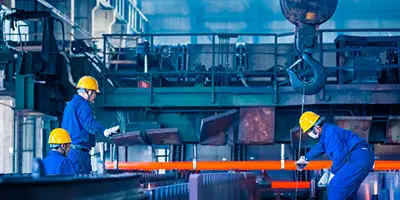
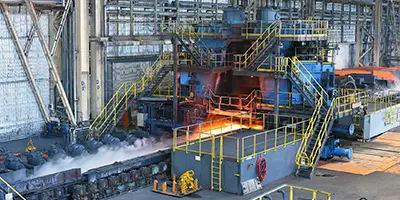
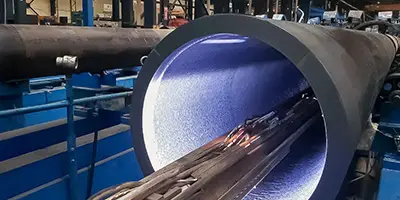
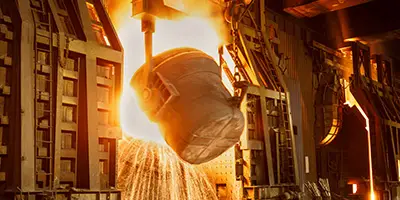
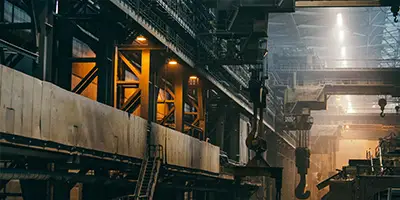

 Phone :
Phone :  Whatsapp :
Whatsapp :  Email :
Email : 


